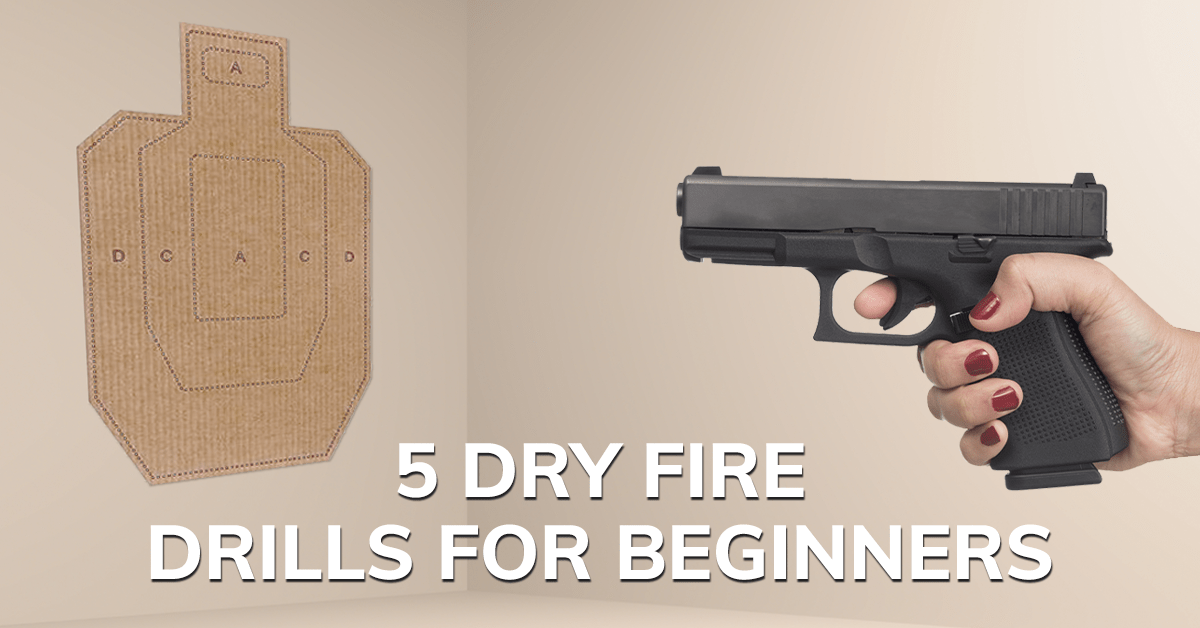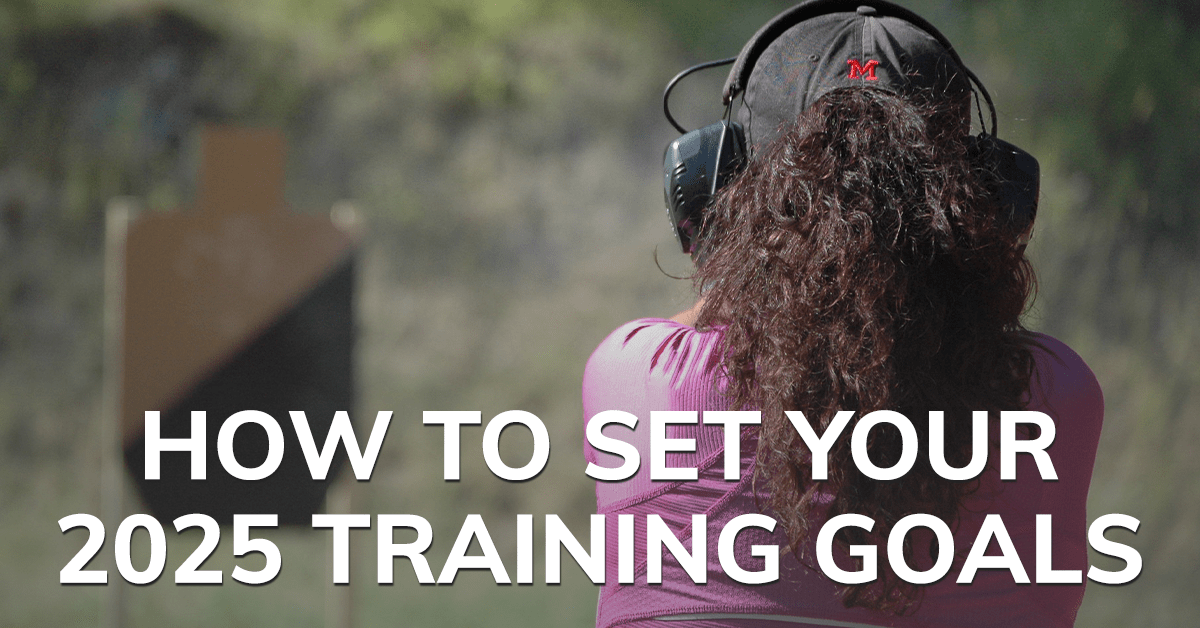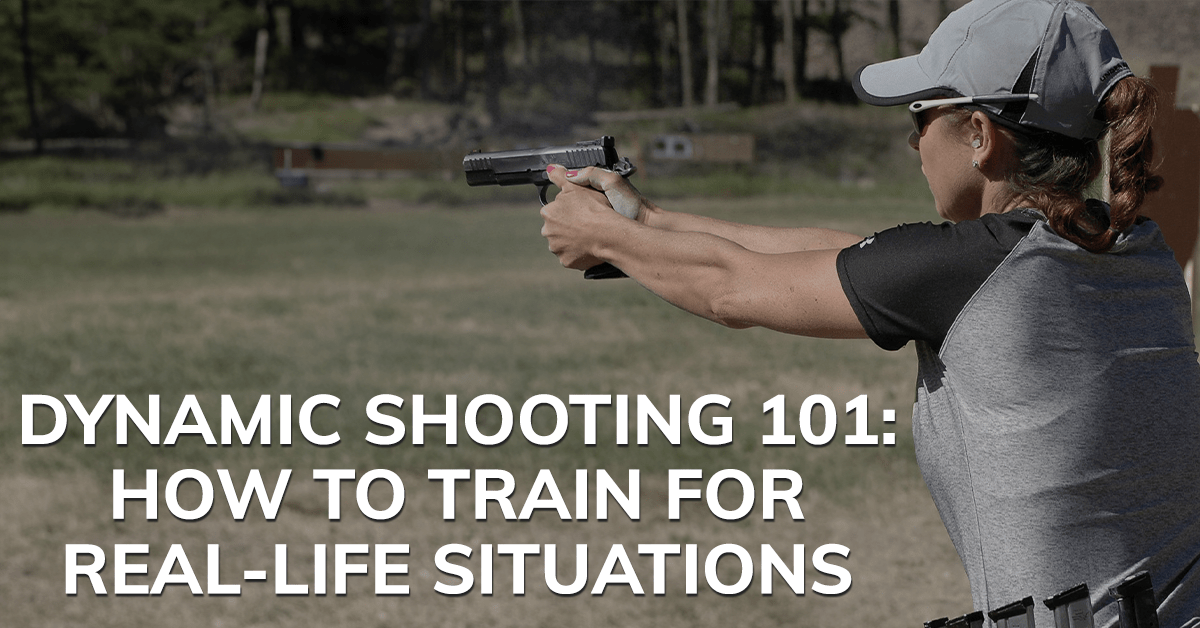Orders Over $100 Ship FREE (USA)!
Orders Over $100 Ship FREE (USA)!
CONCEALED CARRY
(Apparel with holster pockets or concealed-carry features)
PARTS & GEAR
RANGE STYLE
Gift shopping & not sure about size or style? Give a gift card instead!
GIFT IDEAS
EXPLORE
BFCM Sale 20% Off every item! EXTENDED
Black Friday & Cyber Monday EXTENDED: Indulge in Luxury, Pay Less.
The GunGoddess Guide to Planning Your 2019 Training Goals
3 min read
it's a brand new year, and that means it's time to get a jump start on your 2019 firearm training goals! If you've never set shooting goals, you may not know where to start, so we've put together a guide to help you set and achieve your goals!
Why Should You Set Training Goals?
Before we get started, let's talk about why you should set at least a few training goals every year. If you're carrying concealed, it's absolutely critical to be competent with your firearm. If you are ever in a situation where you have to defend yourself with your firearm, you will need to be able to draw and fire a well-placed shot in a couple of seconds at most. If you are shooting competitively, the only way to improve your scores is to train and having specific goals will make you a better shooter much faster.
Now, let's get started with your goal planning!
Step 1 - Set Your Goals and Measurements
If you don't know your destination, you'll never get there, so the first step is determining your goals. The best way to do this is by using SMART goals because they give you a clear path to accomplishment. If you're not familiar with SMART goals, don't worry! SMART is just an acronym for Specific, Measurable, Achievable, Relevant, and Time-Bound.
For example - the goal "become a better shooter" is going to be difficult to achieve because it's not specific and there are no timeframes. Instead, use the SMART strategy to create a goal like "I want to get my draw-to-first-shot time down to 2 seconds within the next 6 months".
Step 2 - Make Sure You Have the Equipment and Tools You Need
If you don't have everything you need when you get started, it's going to be tempting to procrastinate. Have your equipment and tools ready before you need them so you can work them into your training program from the start. For instance, if your training goal includes dry fire, purchase your dry fire books now. If you're going to start competing, don't use your concealed carry holster, get your competition holster and start practicing with it away.
Step 3 - Make a List of Shooting Drills that Match your Goals
Now that you have your goals set, it's time to figure out how you are going to achieve them. Make a list of drills that align with your goals and write them down. You'll want to choose at least a few drills that you can shoot every time you go to the range, as well as during your dry fire sessions. If you're not sure which drills to use, start with the classics - The Bill Drill, 5x5 Skills Test, and Dot Torture Drill are great choices for just about any shooting goal.
Step 4 - Head to the Range and Start Practicing!
It's time to put your plan into action! The first time you head to the range, you’ll set your baseline and figure out where you're at right now. Set up your drills, shoot them, and score them on paper. If your goal includes reducing your times, make sure to use a shot timer and write down your times.
Once you’ve determined a baseline, practice your drills regularly and make sure to note your scores/times. You don’t have to work on every goal each time you practice, make sure you're consistent with your practice for each goal.
After you’ve been practicing for a couple of weeks, head back out to the range and run the same drills you used to set your baseline. Take a look at your current times against your baseline times and see if and where you’ve improved. Once you have that data, you can adjust your plan to make sure you’re moving toward your goals.
Step 5 - Keep Practicing
Set a practice schedule and do your best to keep it. Don't beat yourself up if you miss a few sessions, just get back on that horse and start again. If you have trouble keeping yourself motivated, find a shooting buddy to train with. You can even compete with them during your practice session, which makes time at the range more fun.
Once you meet your initial goals, set some new ones using the same process. It really can be that easy!
The key to achieving your training goals is making sure you have an actionable plan. Take a little bit of time right now to set some goals and you'll be a better shooter before you know it!
Also in Skill Building: Train & Practice

5 Drills for Anyone New to Dry Fire
3 min read
This guide covers 5 simple drills for beginners to make dry fire a consistent, effective training routine.

How to Set Your 2025 Training Goals
3 min read

Dynamic Shooting 101: How to Train for Real-Life Situations
4 min read

